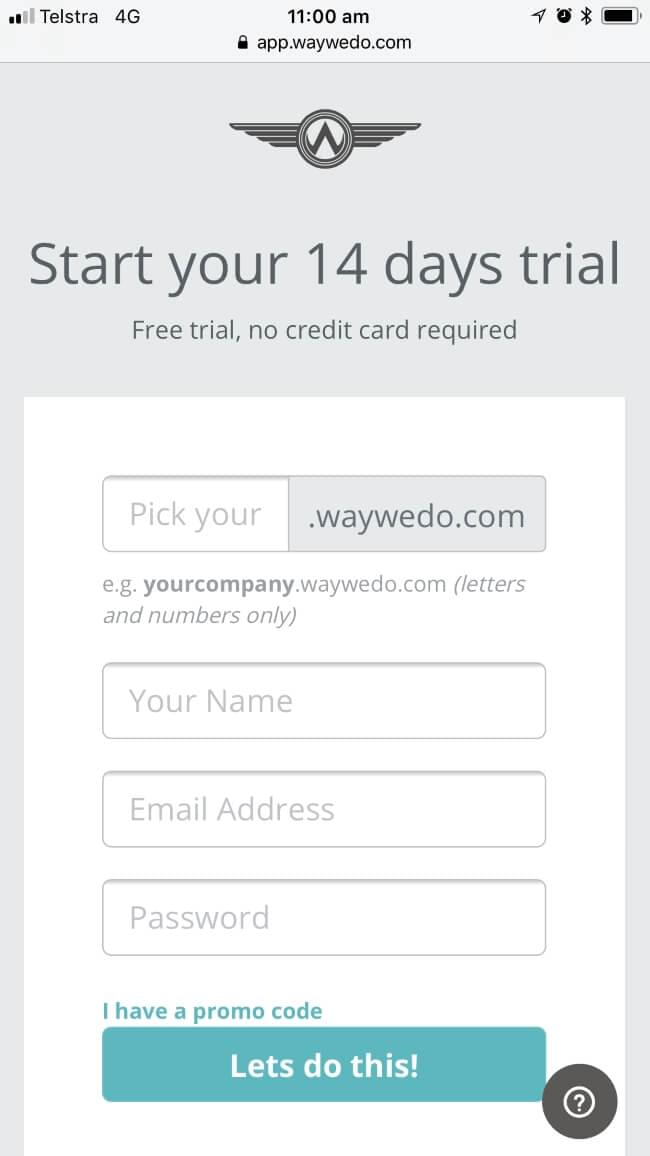As 2021 comes to a close, it’s become almost cliche to say the COVID-19 pandemic has changed the way organizations work. There aren’t many industries that haven’t adopted new standards and practices in response to the pandemic: We’ve now got things like contactless delivery, capped numbers at work sites, an increased focus on food safety, and of course the big one: Working from home.
Unlike other practices we’ve recently adopted, the idea of working from home isn’t new. There are businesses around the world that have had flexible work practices, including the option to work from home, for years. Meanwhile, the rest of mainstream business has held fast to the “You must work from the office” mantra. Now, the early adopters are being singled out as innovators, future thinkers and trail blazers.
If you’ve worked in a mainstream business that was a little more open, you may have occasionally been allowed the privilege to work from home; maybe even take a Friday off once in a long while. At the time, what you thought of as a “perk” was nothing less than flexibility incognito. But this “covert flexibility” never made its way into the open. Formalised flexibility in the form of things like permanent or semi-permanent work from home arrangements was taboo.
Technical incapability, outdated work practices, old management styles, and a lack of trust all contributed to this anti-flexibility culture. And of course the type of work you did related directly to whether you could work from home or not, which was too was often cited as a reason against it.
Then along came COVID.
All of a sudden, thousands of businesses found that having their employees work from home wasn’t a “perk” they could dangle under their employees noses, but the only option for them to keep their businesses operating.
Now, after nearly two years of working in an almost fully virtual environment, working from home has become a norm for those workers who’d been based out of an office until the start of 2020. After the initial scramble to get everyone WFH-enabled, and ironing out the inevitable creases, everyone settled into their new groove relatively well.
As vaccination rates grow, there are those companies who want their staff back in the office full time. But after getting a taste of the WFH lifestyle, some aren’t so keen; others would like to return, but not full time. Or at least, not yet.
The benefits of working from home are now, like the proverbial cat, out of the bag. Not having the regular commute is a big one. It’s a time saving people have put into things like spending more time with their kids before and after school, or simply setting the alarm a little later (or not at all). Add in the charms of being able to enjoy your coffee break in your garden, get an extra wash done, and wearing comfy pants – while still having meetings, writing reports, and completing spreadsheets – and it’s any wonder people are rethinking their working life. It’s as if we’ve given up on the work-life balance ideal and just gone straight to work-life integration.
On paper, its nirvana.
In reality, working from home asks for more from staff than when they’re in a traditional office setting. Communication, collaboration, time management – they’re all vastly different entities when you work from home.
We take for granted the simplicity of being able to pop your head over the cubicle wall and ask a question of a colleague, or let them know there’s a PO to approve. It’s easy to forget the number of times you’ve had an impromptu discussion about a project while waiting at the printer. The informality and impulsiveness of an office environment needs to be intentionally planned and managed once that environment shifts into the virtual realm.
In a virtual workspace, we have to work harder to foster the productive communication and collaboration that just flows naturally in the normal office workspace.
The hybrid workplace
The “hybrid” work experience is now the new post-pandemic buzzword, but how can you make it work for you? There are a number of technologies available that support remote working, and many have quickly adapted to support hybrid workplaces as well. Cloud technology is a big one that has come into its own in recent times. You already know Way We Do as a cloud-based technology that lets you connect your staff to their work, wherever they are.
Here are four ways to make your hybrid workplace a success using Way We Do.
Collaboration
Your relationship with your staff will no doubt have changed dramatically. Without seeing each other at work, you have to trust one another much more. You may even have had to let go of some of your management styles and habits. Equally, your staff have to demonstrate more transparency than they’re used to, to affirm the added level of trust you’re showing them.
Way We Do lets users add collaborators to activated checklists, which means multiple people can work in the same checklist instance. This gives staff a clear picture of who is doing what and when. Each collaborator is aware of where the group is in the process, making it easier to collaborate with colleagues, wherever they are.
Communication
Communication is the cornerstone of effective collaboration. When your staff are working together on a task, Way We Do lets them share comments, track their progress, ask questions – without leaving the platform.
Way We Do notifications let team members know when it’s their turn to complete a step, and will show them colleagues’ comments and other relevant information when they log in.
Automation
When your staff are all working from different locations, it’s easy to lose track of the little things they do as a team – particularly when they’re under the pressure of a deadline or a heavier than usual workload. That’s where automation can be a huge help. Way We Do gives you automation options to help you streamline systems and processes. Now your team can focus on higher-value activities secure in the knowledge that nothing will fall through the cracks.
Supervisor sign-off
The supervisor sign-off feature notifies the relevant manager once a task is completed. Adding a supervisor sign-off to your activated checklists helps you keep on top of how your staff are progressing on various tasks, without having to micromanage them.
A final word
While “working from home” was once a euphemism for slacking off, the reality has turned out to be quite the opposite. Without the clear boundaries between work life and home life, it’s very easy or staff to work longer hours at home than they would have in the office. A half hour here and there can add up quickly and end up taking a toll on their wellbeing and productivity. As a manager, it’s important to encourage your staff to maintain a healthy balance between work and personal time. This is something you’ll need to connect with your staff on at a personal level. Remember, your people are the heart and soul of your business; technology is a tool for helping you get the best from them and from your business.
If you’d like to talk further with us about any or all of the concepts we’ve raised as part of hybridising your business, simply reach out to us on support@waywedo.com





